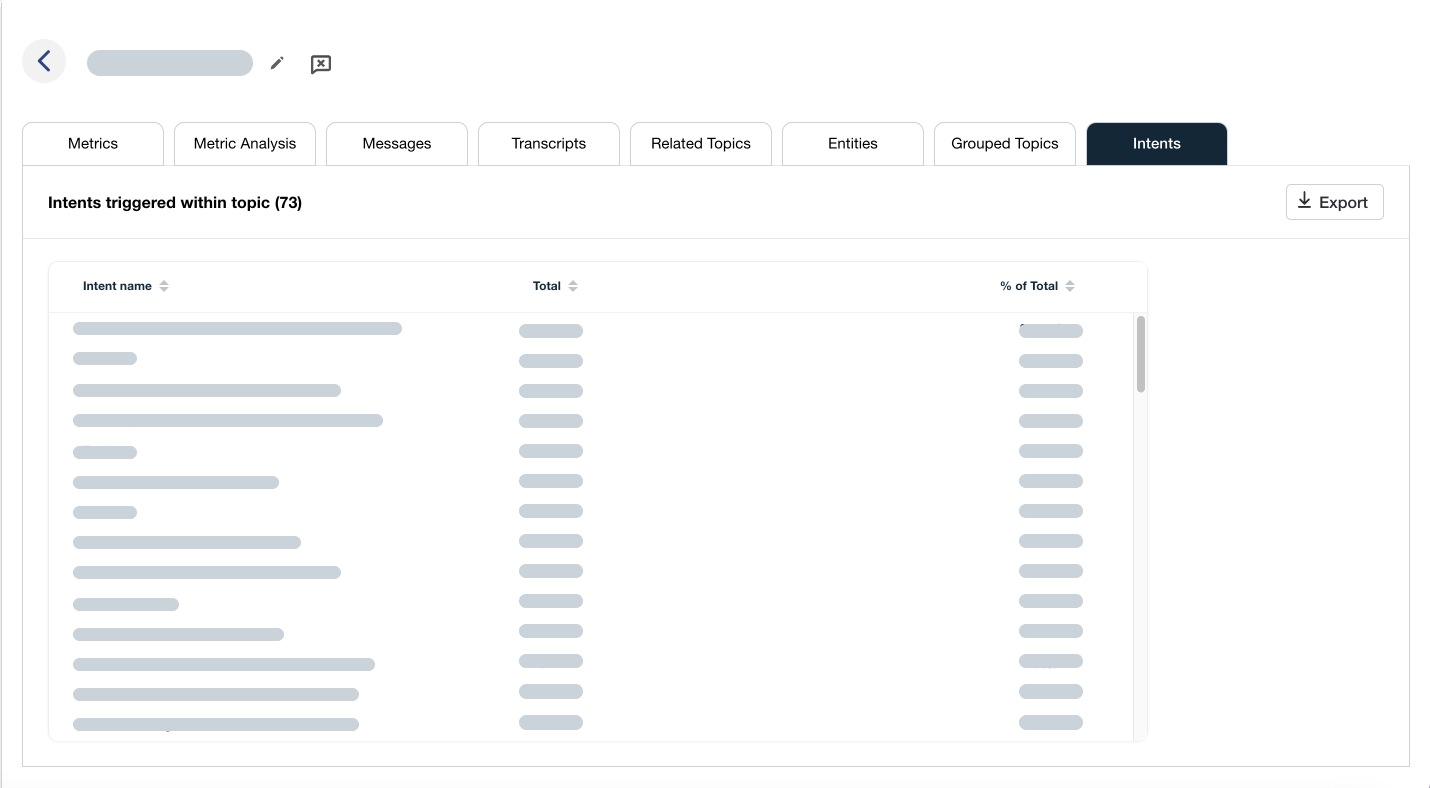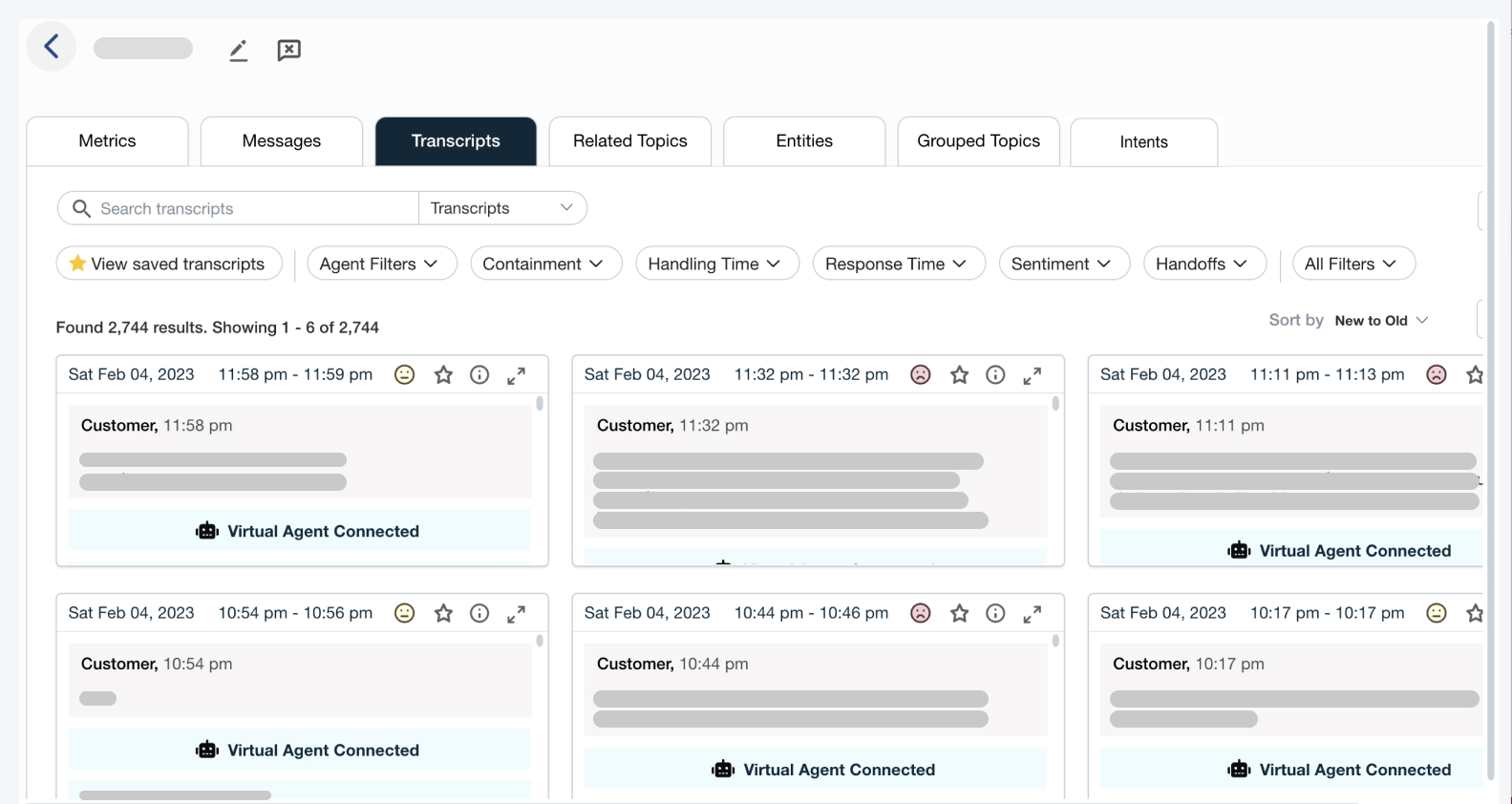Harnessing CCaaS and CRM solutions: What’s the missing link?
Harnessing CCaaS and CRM solutions: What’s the missing link?

When Calabrio surveyed over 300 contact centre professionals, the most effective way to improve employee engagement moving forward was quoted to be giving people the ‘right tools and tech’. This comes as no surprise as agents regularly contend with 20+ different desktop applications to serve customers. In today’s connected world “my system is running slow today” is no longer a tenable excuse to hide the Alt-Tabbing that agents do to cycle through open, disconnected applications. Simplifying and boosting tech efficiency is fast becoming a top priority for customer service organisations, both for agents and operational users alike whilst consumer expectations continue to rise.
Aiming for a single pane of glass
What agents, supervisors and other operational team members want is a common, consistent experience using one interface for all their desktop applications. Think of a “single pane of glass” where complete customer journeys are reflected, from the channels used, to previous purchases and past conversations. So far, this single view has proven elusive as the contact centre provider ecosystem is entrenched in a battle for the desktop.
Competition v co-opetition
The reality is, currently, no one provider can be all things to all contact centres. For example, traditional telecommunications companies are still struggling to throw off the shackles of their voice only heritage to transition to an omnichannel world. Contact Centre as-a-Service (CCaaS) players might have the specialist cloud contact centre expertise and Unified Communications (UCaaS) players additionally offer voice functionality, but both lack the CRM capabilities necessary to fully understand the customer. On the other hand, many larger organisations opt for CRM as their go to desktop technology platform. However, CRM specialists like Calabrio’s partner Salesforce, while able to support modern omnichannel interactions, also require voice and contact centre know-how to bring all that customer context to life, hence the strategic partnership Salesforce recently formed with Amazon Connect. It’s a complex business with many silos but no outright winners. That’s where co-opetition comes to the fore.
Close the gap with all-round intelligence
The first step towards closing the gap is to forge a spirit of co-opetition rather than overt competition, encouraging each technology provider to embrace and integrate with the best of their partners, or even competitors, to improve their own value proposition. The next critical step lies in capturing data from inside and outside the contact centre and then applying it intelligently in three key areas:
- Customer Experience Intelligence – for CRM, CCaas and UCaaS providers, understanding what actually happens across 100% of customer interactions is like finding the proverbial needle in the haystack. Achieving full customer experience (CX) Intelligence comes from tapping into unfiltered Voice of the Customer (VoC) conversations using evaluation tools and/or the latest analytics. CRM and CCaaS solutions cannot do this alone, creating a void that needs to be filled. The secret to closing this gap is to work with vendors that can truly help to tap into VOC data, not just a subset of it, as can happen when only surveys are used.AI-driven quality management (QM) and speech analytics help identify the one word that keeps cropping up in customer conversations to flag up issues, categorise calls and then prioritise them. Meanwhile, agents receive the near real-time constructive feedback they require to deliver high quality customer conversations, whatever the channel.When demand for online orders soared as the result of the pandemic, telephone, Web Chat and email volumes rocketed at one of the UK’s leading health food retailers. They adopted Calabrio QM analytics to accelerate customer contact resolution and restore service levels. Knowing where the problems lay and what customers were saying was integral to dealing with levels of demand not experienced before.
- Employee Intelligence – at Calabrio, we understand that good customer experiences start with good employee engagement, especially when that engagement is with the youngest demographic, Generation Z. This is the first generation of digital natives to expect speed and flexibility from their mobile-enabled devices. Powerful self-service resource planning capabilities, when integrated into a CRM, CCaas or UCaaS environment, allow agents to state their preferred schedules, move their break times, trade shifts, request time off and overtime, leading to lower sickness and attrition rates among employees and therefore happier customers.
- Digital Intelligence – when organisations start planning a new contact centre or CRM implementation, they stimulate digital and business transformation by introducing new channels to support their customers. However, new multichannel environments inevitably lead to more complex workforce planning needs, in particular when deploying the people required to meet customers across new channels. The transformation process is at risk if vital intelligence relating to workforce management (WFM) data and people management falls through the cracks.
Adopting a single view desktop strategy and avoiding siloed products, agents and contact centre leaders can see critical data via a “single pane of glass”. Therefore, consider an all-in-one WFM solution that seamlessly integrates with voice and CRM but also includes call recording, quality management (QM), interaction analytics and business intelligence. Applying the latest analytics tools also helps contact centres understand the “why” behind the “what” of operations to identify root causes of operational issues and drive meaningful changes to the business.
Smarter approach to Workforce Engagement Management (WEM) leads the way
The question is, are you looking in the right direction to find the “missing link” between CRM and CCaaS solutions? At Calabrio, we are continually developing new ways to engage with all parts of the contact centre ecosystem to enhance the agent and customer experience. To find out more about WEM and how Calabrio is adding value to Salesforce’s Service Cloud solution, including new QM connectivity, head here.









